Bad Content Testament – 6 Effective Ways to Make Readers Hate You
Let me talk about one of the latest fads on the internet domain — “generating bad content.” This is purely based on the number of articles I skim every day. Content makers are putting tremendous efforts to lessen down the blog traffic by killing the interests of their readers. Although the reason to pursue such a “sacred goal” is unknown, one thing is undeniable, i.e., “it takes a character of rare distinction to be a bad content designer.”

The best part about lousy content making — “it demands your equal attention just as good content does. You will have to be attentive in not giving any attention to it at all. A slight attention to it could prove disastrous to your purpose. And you don’t want to kill your aspiration of being the worst content producer. Right?”
So, in order to move with the course of the trend, I’ve compiled some of the compelling ways to repel your readers. Just when you think that you have achieved the tag of the worst content maker, there’s a lot more you could experiment with your posts to make them look terrible— terrible enough to make your readers disappear in a jiffy of a second. So lads and lasses, sit back, fasten your seatbelts, hold your horses, and if you sincerely desire to lower your blog traffic, go through my concise pearl of wisdom— wisdom good enough to convert you into the worst blogger of a superlative degree.
In short, if you have read articles about writing good content, throw the information in the garbage can, and read on to understand the process of creating garbage content.
1. To HeLl WiTh ThE hEaDlInEs ← the Gateway to Bad Content
The headline is what attracts the readers first. May it be an email or blog, its subtleness determines whether your reader would be “intrigued about the body” or “pay no heed to it.”
It’s a marginal precinct between “I should go through the email” and “no, this is another boring one.” But if you think that over-fancy stuff is enough in your header to create a repulsive feeling, trust me, you have limited knowledge of being a second-rate, bad content writer.
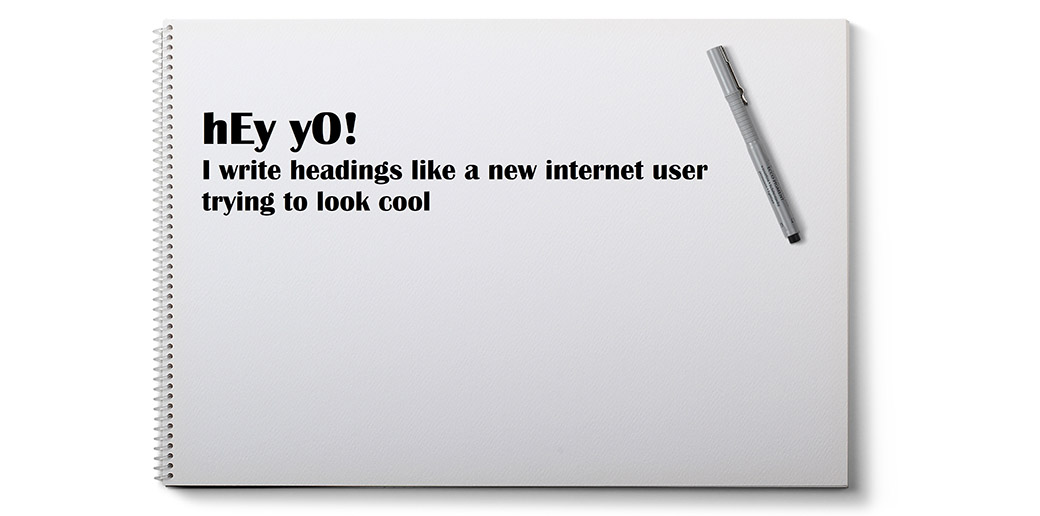
“You need to have many corrective measures to correct your wrongness of doing things right” Confused? Err, that was the sole motive — to confuse you with my statement. You can similarly confuse your readers by being irrational from the word to go. After all, an annoying and irrational heading would be a perfect blend of something worse — something that takes to our end goal: bad content.
One way to create a good headline is by being humorous, sarcastic, and succinct. Hold on! We aren’t talking about making sense in this article. We are discussing effective ways to create a bad post. Sorry for misleading you. But wait for a second, you can draw out something great of this. You can mislead your readers (just as I did by making sense) by completely disassociating your headline with the content.
Halt!
Is there a way by which I can demonstrate to you “how to be a bad content maker, PRACTICALLY?” Yes, if I make this article pathetic enough for you to desert it just by a glance at the headline. But irony would jump off the cliff if you happen to read this article “which talks about how to bounce off your readers.” This would again beat the purpose and question my inability to aggravate you. For me, to demonstrate to you a bad writing skill, you should be deserting this article from the title itself and if you don’t… I’d lose.
BUT!
You can again absorb one of the ways to bounce off your readers, i.e., by promising them remarkably in the headline and revealing your inefficiency to address that in your entire content, just as I did in this article where I promised you to become a bad content designer by being a good one.
And you know the best part about writing terrible headlines? You won’t need to worry about the time you send your email at or publish your post. The reason? No one is going to read it either way!
2. Massive Clipboard of Text = Successful Bad Content
A neat article invites proper formatting like margin, headers, compartmentalized paragraphs, serialized points, infographics, and images to feed a more straightforward and readable content to the readers. But our objective is to make our content substandard to our heart’s content.
That’s what you want. You will have to make your article a heavy clipboard of the text. It should be an ocean of text that doesn’t follow any content marketing formats. How would it turn off your readers?
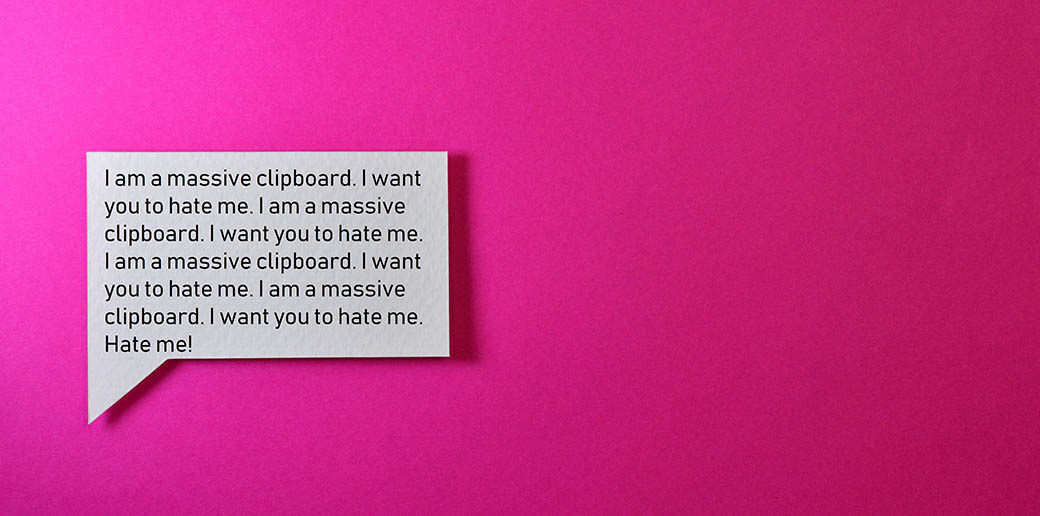
Massive Clipboard of Text Jolts Mind
A massive chunk of a block would require your readers to apply their brains to figure out the context. Now, who would care to put additional leverage to understand the context of a blog?
Result: They won’t shy away from abandoning your article. Hurray! Mission accomplished.
Puts Strain On The Eyes
An article with ill-formatting would successfully impart a strain on the eyes of your readers. They’d have to separate the blocks based on their conviction.
Result: What’s the better way to exasperate your readers than to exerting pressure on their eyes?
Makes It Unfavorable For Mobiles
A heavy clipboard of text makes it almost impossible for the readers to evaluate the semantics of the article.
Result: It would give you a tremendous boost towards achieving your target — ruffling the feathers of your audience.
Helps in Spending Lesser Time on Site
Come on! Our goal is to defeat the record of “least time spent on the site.” Isn’t it? Poor-formatting exacts the promise to drive back your audience in a few seconds.
Result: This would do the “Usain Bolt” to them. They’d run so swiftly off your page that you’d be awarded in the best mentor category of making someone run. You don’t want to increase time on site and make people stay with you, do you?
Such is the magic of faulty-formatting. Even if your content has useful points, it WITHOUT any bullet-point will propel your readers to divorce your piece in seconds.
If you somehow format your write-up mistakenly, ensure that you don’t let go format abusing. Try this idea where you’d over-format your data. Making THE ENTIRE ARTICLE bold and italic would informally format your data. This would again discourage your article and ta-dam! We are done!
3. If not the Title, Start with Irrelevant Introduction to Ensure Bad Content
Sometimes, even a bad headline can’t stop our readers from reading our articles. We can’t count on just the titles to cast-off our readers. We need an alternate plan or plan-B to turn off our readers immediately.
In a systematic article, we give our readers a reason to skim through our scribbled-piece, we offer them a reason to care, we endorse them our idea and objective in the introductory section. Giving them a relevant narrative would engage them effectively.
But how dare we talk of giving a relevant introductory piece when we fancy an alternative to thrust back our readers?
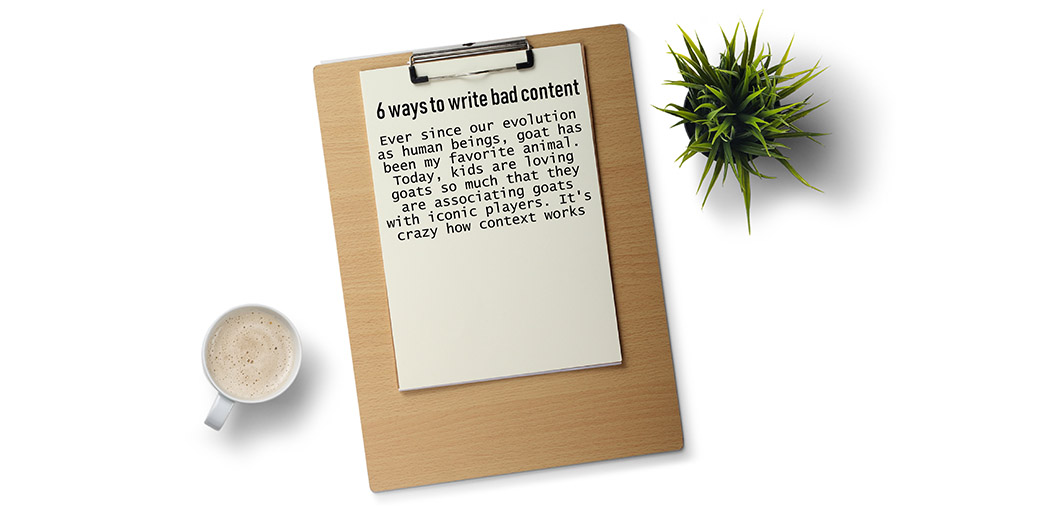
Yes, you need a long-disheveled introduction having no connection with the headline and the article. The section should be so clumsy that even the clumsiest reader should take immense pride in being less-clumsier than your article.
If accidentally, you provide a compelling narrative, you should make sure that it doesn’t relate to the article at all. It would help your readers to tighten their laces.
When readers get past the “poor headline” and still try to read your content, this means that they are placing their trust in you temporarily. But that’s not what we wish. We want to grant them an opportunity to tear their trust in shreds. And that’s not possible unless you harbor frustration in their minds. You can do this “terrific act of frustrating” your readers by an irrelevant introduction.
Expert Tip: Practice writing an unrelated introduction a few times before you go live. After all, practice makes a man perfect. And we desire to write a perfectly imperfect & bad content. There shouldn’t be any pliability with our profession.
4. Talk about Yourself – Ceaselessly – to Get Bad Content
Just before the vogue of creating bad content, we often blogged to promote our values on social platforms. Giving value to the blog meant finding a nicer way to communicate with our readers, identifying their required niche, and successfully delivering our expertise to them. Generating the kind of value which readers seek makes us a trusted-institution of useful and relevant information.
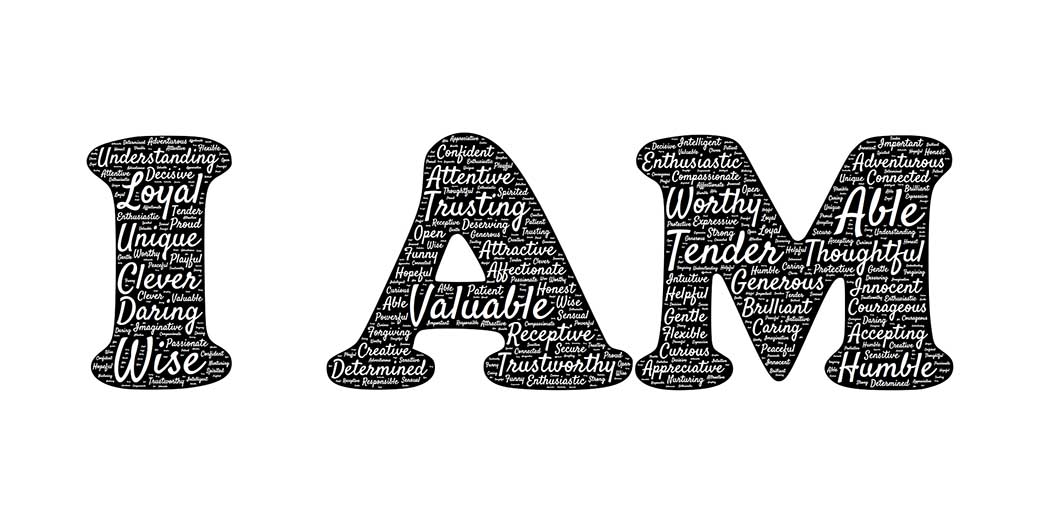
However, we want to be trusted for our unworthy content. We long to give our audience a good reason to never return to our site. Just when we fail to deploy our three main weapons, i.e., poor headlines, poor formatting, and a poor introduction to neutralize their interest in our writing, we can rely on another astute method. This method talks about promoting yourself endlessly.
You should make your blog posts so “self-centric” that they should completely disrespect the purpose of readers on the page. The mode should be entirely unidirectional where you should keep on boasting your promotional chunks and readers should fail to grab the right reason for landing on your page.
Additionally, you should shoot straight from the shoulders that you are here for a business and are desperate for gaining brownie points without building a relationship with your readers. You should leave no stone untouched to destroy the medium of communication with your audience. That’s a unique way to end the “mistakenly-developed rapport.”
5. Be Confident Enough to Say Nothing New
Since the world wide web is filled with content and blog posts to the brim, in order to elevate the quality, a content maker has to go through a lot of research work. To challenge the contemporary blog makers, we’d have to look around the competition, spawn a rare content-schema, and produce unplagiarized and better content. Being confident about its rarity, mass-appealing attributes, and quirky angles help in adding depth to our content which would determine not only our ranks on the search engines but also the trust vote of our audience.
BUT!
Bad content is what drives us, and bad content is what drives away our readers. Furthermore, bad content with zero value of conversation would give them substantial reasons to leap your site. You have to be confident enough to say nothing new. You have to keep repeating the cassettes of what has been told for ages. For this, they would give “undivided attention in ignoring you.” At least we’d win some attention in not winning any.
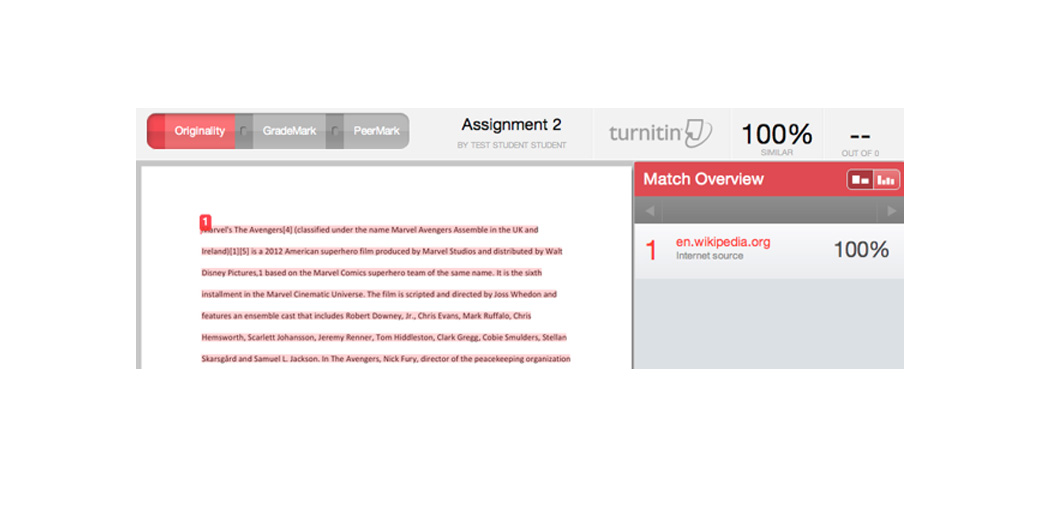
You should speak on the topics on which you can pretend to be erudite. Also, you can state all the worldly facts, and you can fail in stating a single meaningful solution regarding the subject. This would put a great bucket of slime on your repertoire and stop your readers from sharing the content.
Opting a central theme of view and moral agnosticism, i.e., views without independent opinion and nuance serve the remaining needful. Or, giving other’s perspective, refurbished in the form of “your exclusive views” could disconnect the reader’s engagement in a blink of an eye.
6. Target Everyone Other than Your Audience
The best quality of genuine bloggers is that they target a niche audience. In fact, they choose a niche keeping the reader in mind, similarly to designing a website for a certain user, e.g., female audience. The content is so well-versified that it gives a clear picture of the audience it aims from the title itself.

Instead, you want to obscure their ideas with the clouds of doubt. You aspire to confirm your readers that they’ve falsely landed on your page and they would derive nothing out of it. It can be done by making your content reading-friendly to every demographic without a proper stand.
You can also be tentative about our content, leaving it with open-end interpretability. That would ask different categories of the audience to interpret the blog based on their rationality. Wow, this sounds so much like Christopher Nolan’s movie.
7. Bonus: Never Use Visuals
Visuals can boost readability, increase session time, and decrease bounce rate. Moreover, they can create shareable content. And that’s precisely something we don’t want. So, never use visuals— I know I haven’t followed this rule in this article, but I am not going to proofread or edit because that will lead to better content, and that goes against our goal.
So, let’s stop here.
Bad Content – Conclusion
Despite this lengthy write-up, if you are not interested in driving traffic to your website with fascinating content, you don’t deserve my blog, you lousy piece of a blog-maker. Just play opposite to what I have recommended here to be a writing-connoisseur.
Creating unique content plays an imperative role as a vessel for reaching web-heaven. And if you mistakenly produce a nicer content and you still crave to disgust your readers, switch to the effective methods which I have stated along with making phenomenal grammatical errors, no links to your sources, and disabling comment sections.
P.S. Saurav Agarwal and I co-wrote this beauty sitting at a coworking space.
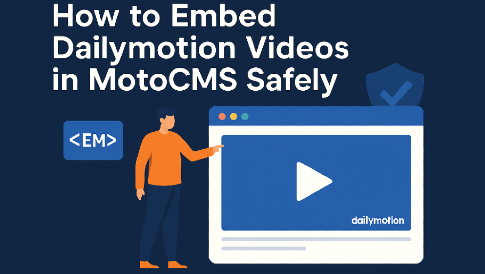



Leave a Reply